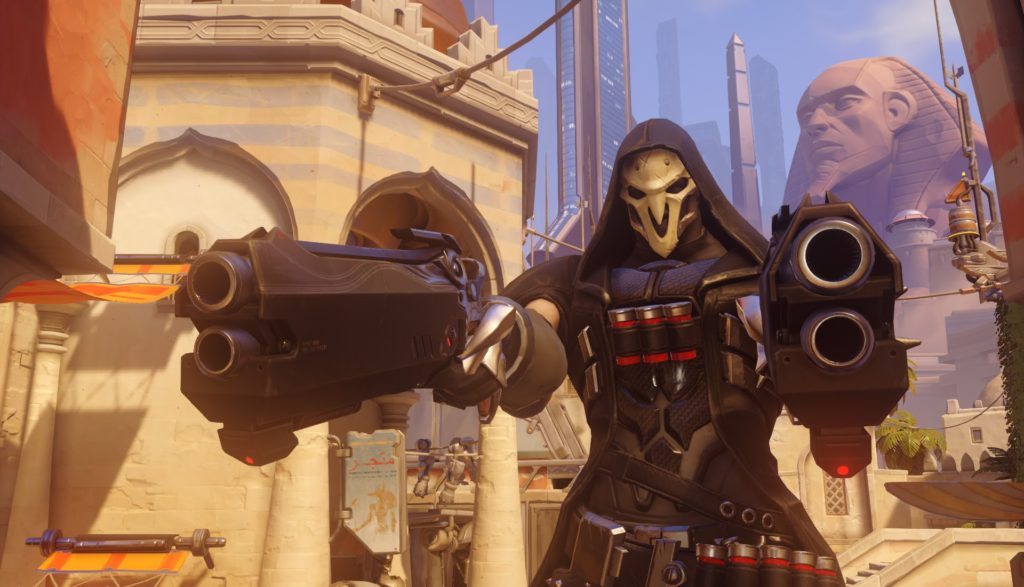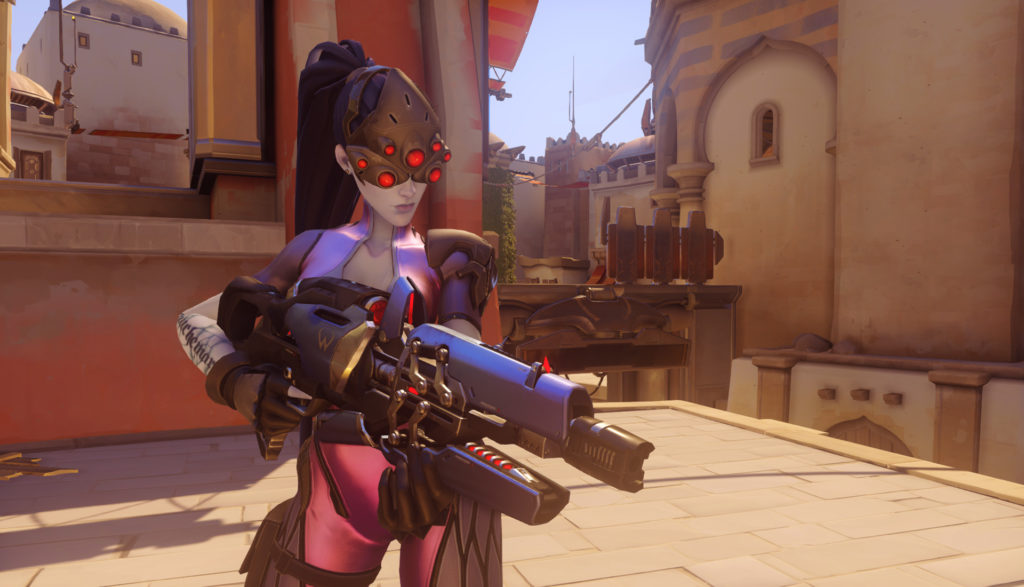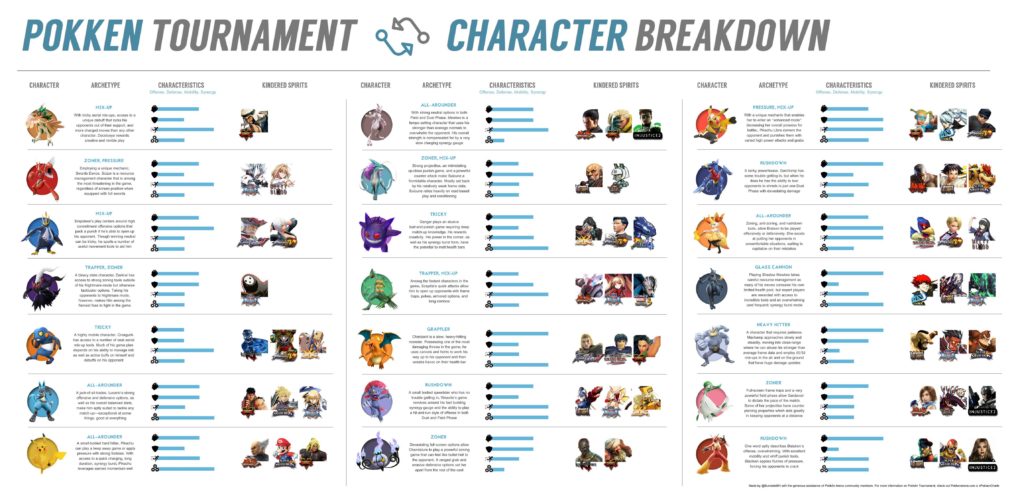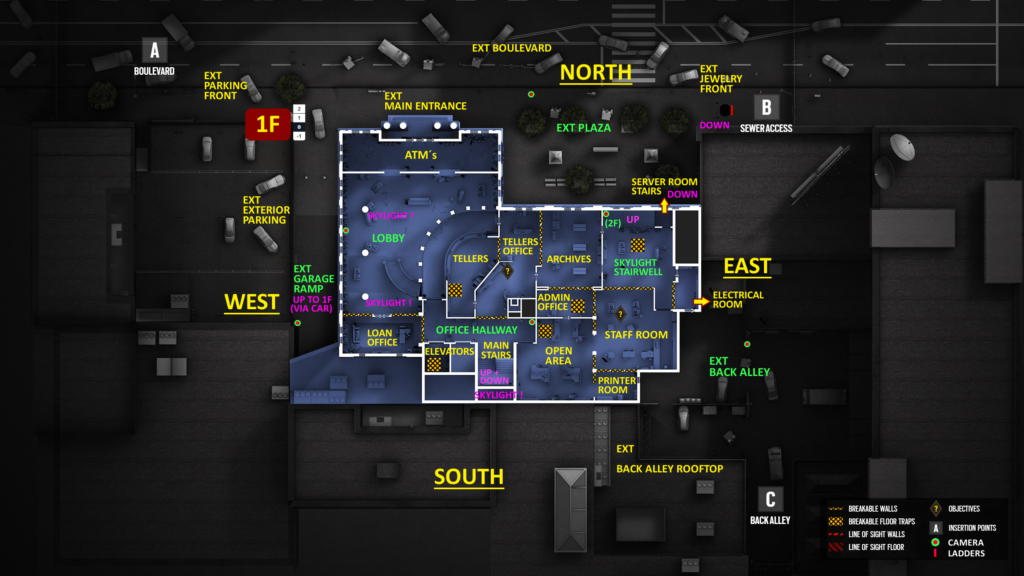Exploring some of the following programs:
Adobe XD, Invision, PubNub- Kuiphoff, PhoneGap, Cordova, React, swift, xcode, Sketch, Invision, Zeplin (part of sketch?) , figma, Balsamiq (will continue on next research post),
ADOBE XD VS. INVISION VS. BALSAMIQ VS. SKETCH
**Adobe XD(free with TCNJ sub): This application seems like an amazing prototyping tool. It is easy to use, and allows the user to create wireframes and full designs as well as preview their design as an interactive prototype. This will definitely come in handy when trying to visualize the differing layers of my idea. Right now, I have so many different ideas for “parts” to add to my app, but I’m not sure what will work/look good. Laying it out on Adobe XD will definitely help with making my ideas come to life as well as giving me a good and reliable expectation of what can and cannot work. A few flaws I’ve learned from Adobe XD were it’s sometimes confusing interface (with all of the connecting arrows)
Invision (free): Invision is another mockup tool/program that is used by large companies to prototype their ideas such as Netflix, Uber, Linkedin and Viacom. When comparing this program to Adobe XD, one frustrating element is that it is only for prototyping, all design will have to be done within another program. Many have stated that Adobe XD is a great program to use from start to finish, despite some flaws. Invision might be something to use as a fallback – it has some good elements such as its history tab and hotspot templates.
Balsamiq(9$ per month): Not sure if this one is even worth mentioning but I’ve seen it being compared to Adobe XD and Invision on some websites. It seems to be more of just a wireframing product, and it may be a bit outdated. It features low fidelity designs at first, which I’m not sure would be better or worse. I may want to see a more high quality version of my design earlier on. Additionally, Balsamiq does not encourage much of the designer’s own unique work- it’s mostly based on using their own logos/icons created. (it seems)
Sketch(99$ per year): Sketch has some pretty awesome reviews online saying it’s actually an upgrade from Adobe XD because of what it has to offer. First off, it’s easy to learn (similar interface to adobe xd), has hundreds of free plugins, and the basics needed for a digital designer are all right there.
Overall, I will continue to try all of these programs, but I am definitely leaning toward Adobe XD and for wireframing and prototyping.

 –> super helpful how-to
–> super helpful how-to
 (Widowmaker)
(Widowmaker)
